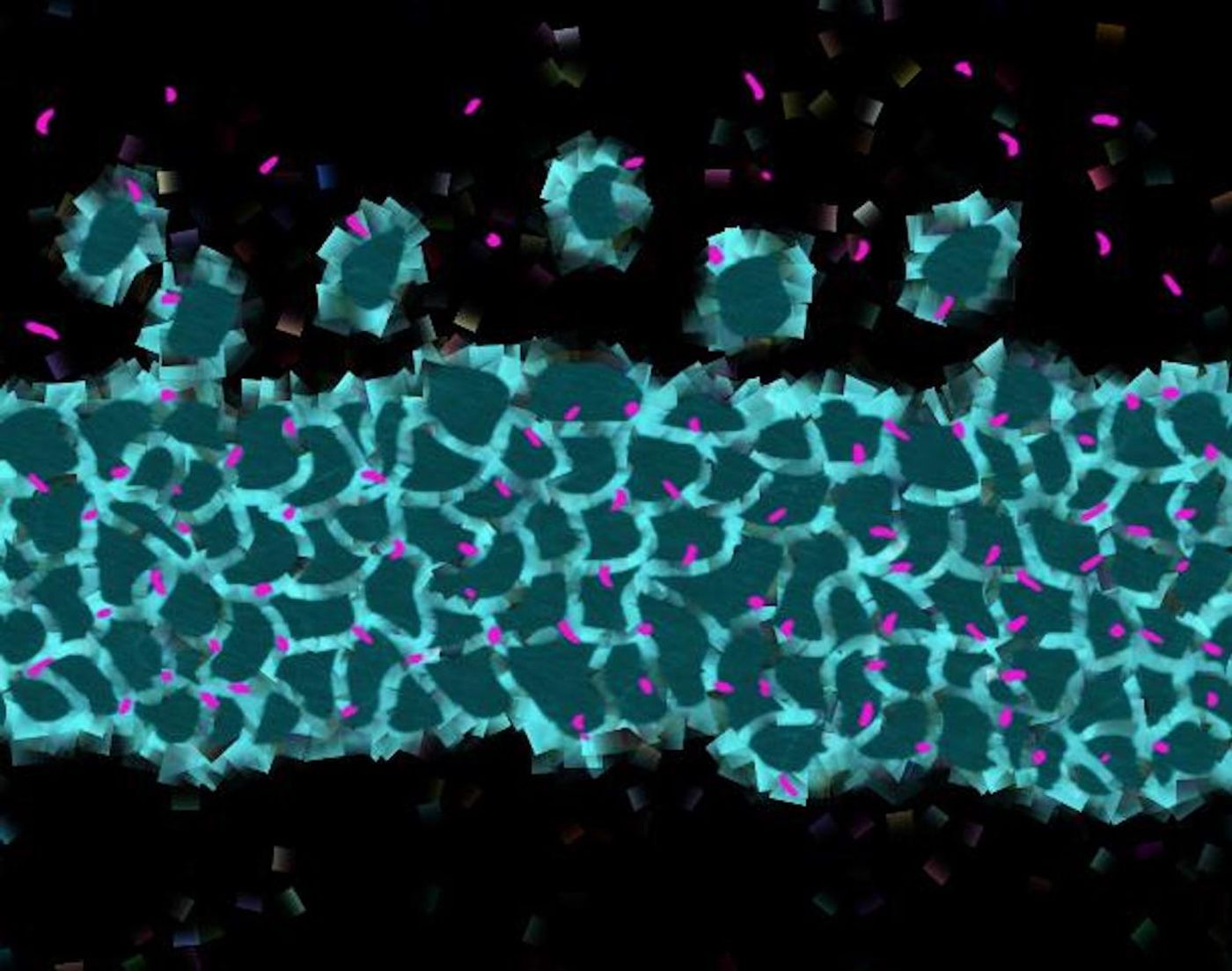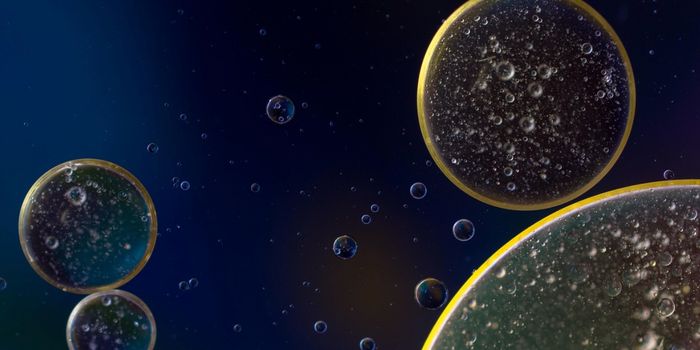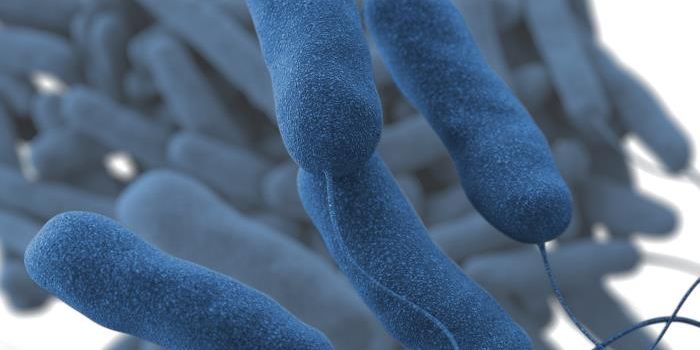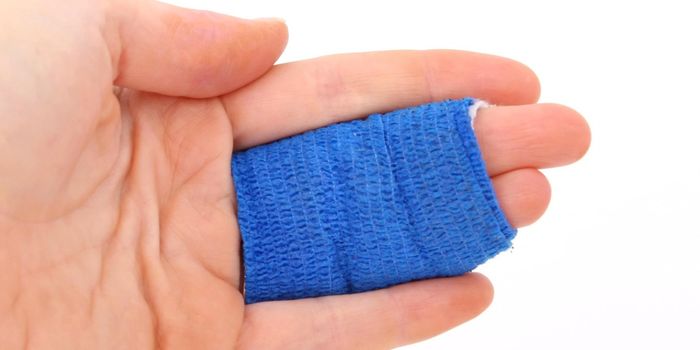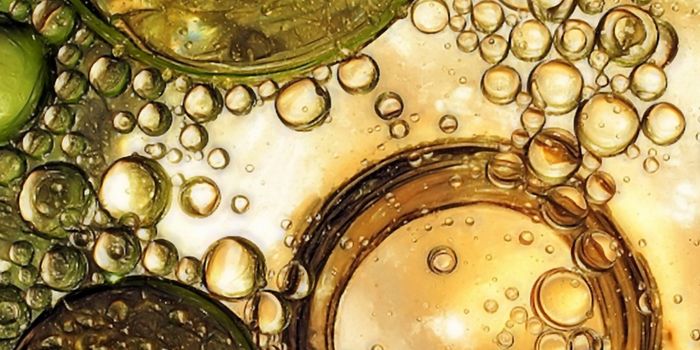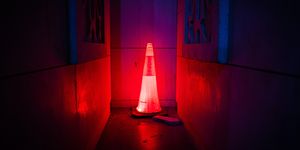Fragile X Model Has a Very Specific Brain Abnormality
Cilia are like little antennae on cells. Most types of cells in the body have what's called a primary cilium. While they remained underappreciated for many years, they have emerged as an important signaling mediator in many biological pathways, and ciliary dysfunction can cause serious diseases in people. Those diseases have collectively been termed the ciliopathies. (Full disclosure: a lot of research I've been a part of has involved ciliopathies.) Researchers may have now added a new disorder to this group.
Work published in Stem Cell Reports has shown that in a mouse model of Fragile X syndrome, there is a reduced number of cilia on cells in a specific part of the brain.
Fragile X is a disease caused by a mutation in a gene called FMR1, which makes a protein that is critical to brain development. When mutated, the brain does not develop correctly. It impacts boys and girls, usually affecting boys more severely, and causes developmental delays, intellectual disability, anxiety, and hyperactivity. It's (currently) the most common genetic cause of autism spectrum disorder.
This study showed that there are fewer cilia in the dentate gyrus, one of two parts of the brain where neuronal stem cells reside. It's a kind of incubator for newborn neurons, which need primary cilia to fully mature.
This is the first time that cilia have been connected to Fragile X. If researchers can find a way to increase the number of cilia in the dentate gyrus, it could offer a way to treat the disorder, suggested study senior author Hye Young Lee, Ph.D., of the University of Texas Health San Antonio.
"If we get to know how the primary cilia work in the newborn neuron and how they contribute to Fragile X syndrome, the next step would be to promote them," Dr. Lee said.
"There are drugs to do that, and they could be potential therapies for Fragile X syndrome and other neurodevelopmental disorders, because there are multiple studies showing that neurodevelopmental disorders and autism can be reversed in adults," added Dr. Lee.
Sources: AAAS/Eurekalert! via University of Texas Health Science Center at San Antonio, Stem Cell Reports
